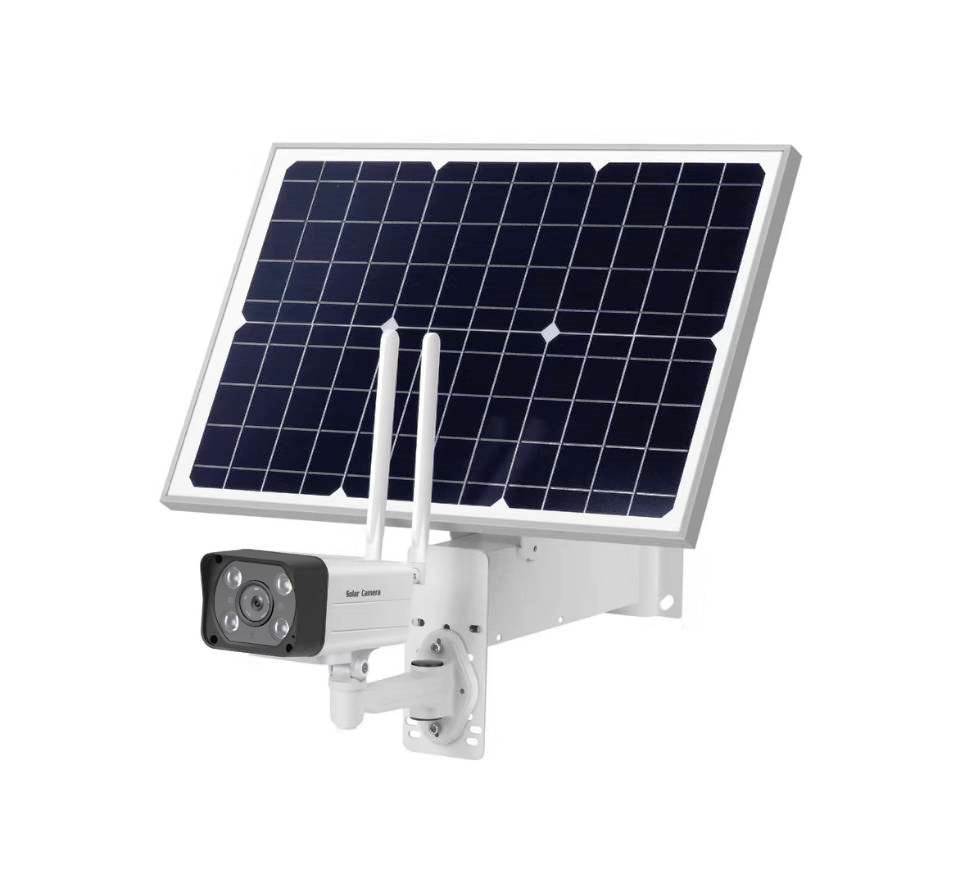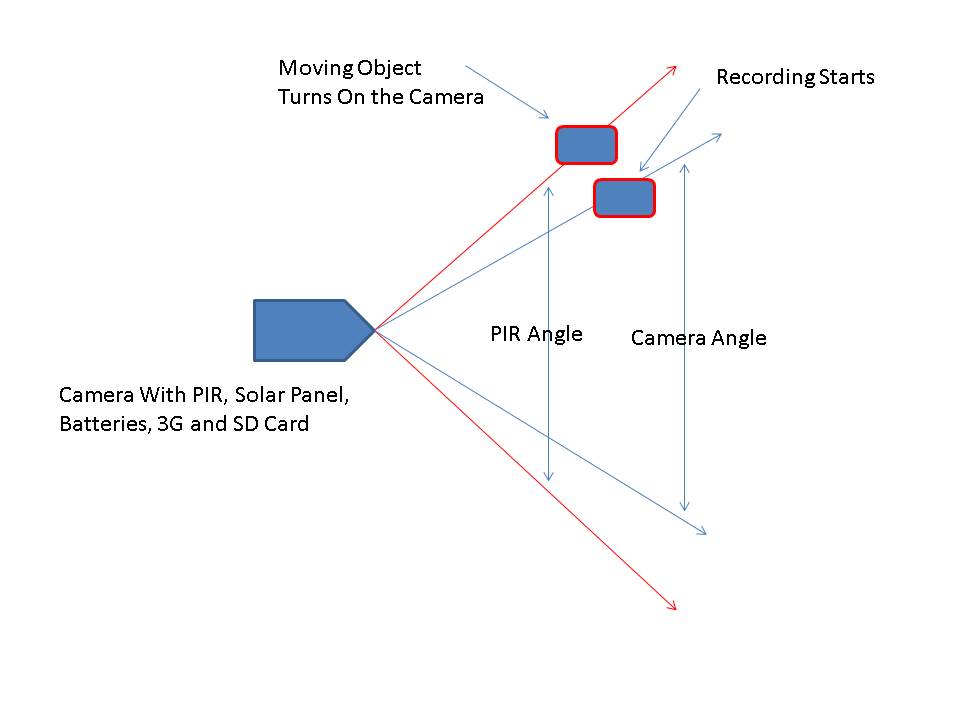
Because we care, we’re security aware. –NASW
Click Here for Rexing Wireless Solar Camera, Dash cam & hunting cameras.
I belong to a country where farming and tourism are some of the most dominant industries. Yes, I belong to a beautiful country named New Zealand. Many farmers had earlier asked me to provide an effective security solution for their farms. I visited a few of the farms, but whatever solution I thought of, was never financially viable. According to farmers, if we design digital surveillance for their farms, it will not only improve the security of their farms but improve their productivity and efficiency.
Challenges You Face While Designing a Digital Surveillance System For Rural Areas
- Power requirements for the cameras are difficult to get at remote locations.
- Establishing communications between the cameras and the recording device is financially inviable.
- Turbulent and unpredictable weather conditions.
I saw a light at the end of the tunnel when I found this camera with a solar panel & Lithium batteries, 4G for communication and a 64GB SD card for storing videos. Everything looked good on paper but I had my own doubts about the whole setup. In many areas, it is quite common to have 3-4 days of continuous cloudy days. Operating a camera with a few Lithium batteries (6400 mAh) that are not getting charged for a few days, looked too tall a claim. But the product owner was very confident of his specification sheet. So, I decided to investigate the design with my own design evaluation.
My Design Evaluation Of Solar Powered Security Camera
I started my evaluation of the Solar Powered Security Camera with the following points:
- Checked its IP rating and found it to be IP67 that is rated for harsh weather conditions. So the camera will be able to bear New Zealand’s high-speed winds, snow and rain.
- Next, I decided to check the camera’s power consumption. Specs. sheet pointed out that peak working power consumption is 2.5W and the standby power consumption is 0.002W. Peak working power looked normal but I didn’t understand why standby power is so low! On inspecting further, I checked that the camera has an inbuilt motion detector and its angle of detection is larger than the camera’s lens angle. So, normally the camera remains off and when the motion detector detects motion, it turns on the camera that starts recording. As the movement stops, the camera turns off again. That is a brilliant design and that is the reason most of the time the system remains in standby power consumption mode. I concluded that the product owner’s claim makes sense but is not 100% correct. I suggested him to add the following statement in the specs. sheet: How long the camera will continue to work in cloudy conditions, depends on the traffic/movement in the area that the camera is covering. The product owner immediately agreed to add this as a part of the camera’s specification.

- Finally, it was time to check the storage facility. Obviously, the camera that communicates using 4G technology can not be connected to a Network Video Recorder. So, the camera stores video footage locally on a 64GB of SD card. Again, the number of days it can store the footage for will depend on the movement/ traffic in the area. But since the camera is for the rural areas it will not have lot of movement, this camera is very suitable for farms from the point of view of video recording length as well as power consumption.